Using water that is already stored in the Odeleite Dam, but which could not be fetched, and giving new life to the sewage, after being treated, are the objectives of two projects with a relatively short execution period and an overall cost of 3 million euros, presented today in Castro Marim.
One of the works, to be carried out under the Recovery and Resilience Plan (PRR), which allocates 200 million euros to increase water efficiency in the Algarve, aims to use part of the dead volume of the Odeleite Dam, which will allow the removal of another 15 million cubic meters of water from this reservoir.
In practice, this means using 11,5% more of the water stored in this dam, whose useful volume is 130 million cubic meters.
The other intervention calls for the reuse of treated wastewater at the Vila Real de Santo António WWTP for irrigation of golf courses.
It was to learn more about these and other works that João Matos Fernandes, Minister of Environment and Climate Action, was this wednesday in the Algarve.
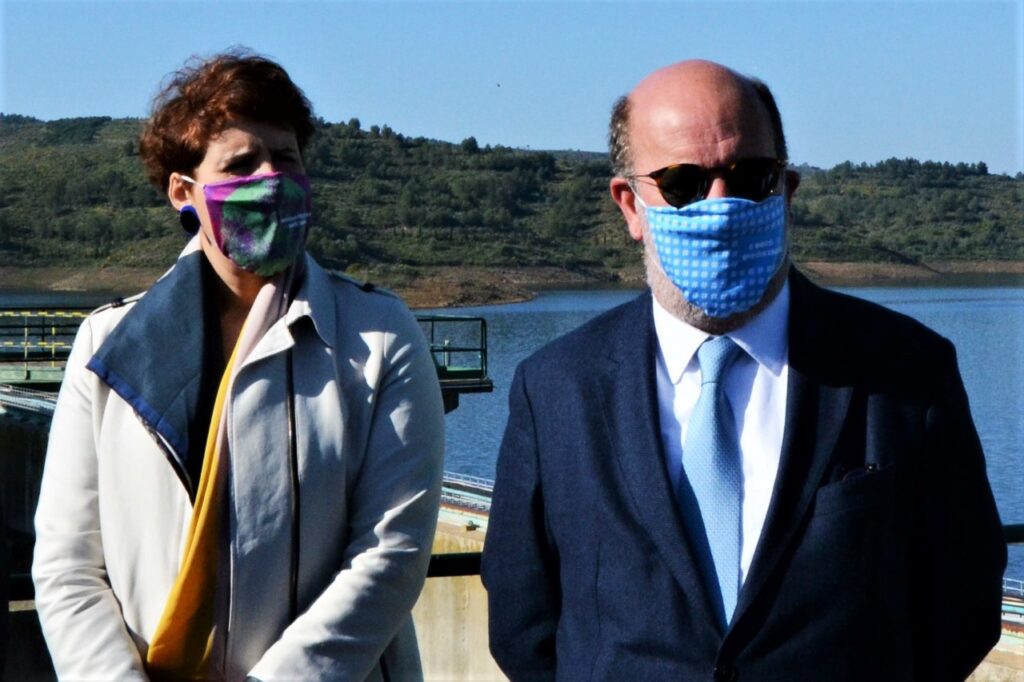
The governor's first crossing point, which was accompanied by Inês dos Santos Costa, Secretary of State for the Environment, was precisely the Odeleite dam.
With regard to the project of the “Water Lift System for the Odeleite/Beliche Tunnel”, it will consist, in simple terms, in the creation of a technical solution, based on a pumping station, which allows the removal of water «that is not usable from gravitational form», according to João Sousa, Asset Management director of Águas do Algarve, the company that will undertake the execution of this and most of the works foreseen in the RRP heading dedicated to water efficiency in the region.
The Odeleite Dam uses a system based on gravity, with sluices that open and allow the water to “go down” to the Beliche dam, which is located at a lower altitude. However, there is a good percentage of water that cannot be removed, as it is at a level below the floodgates.
In this way, a pumping station will be created, "based on floating pumps", in the northern part of the reservoir, which will allow more water to be sent to the Beliche Dam. From here, the water is sent for treatment at the existing station in Tavira.
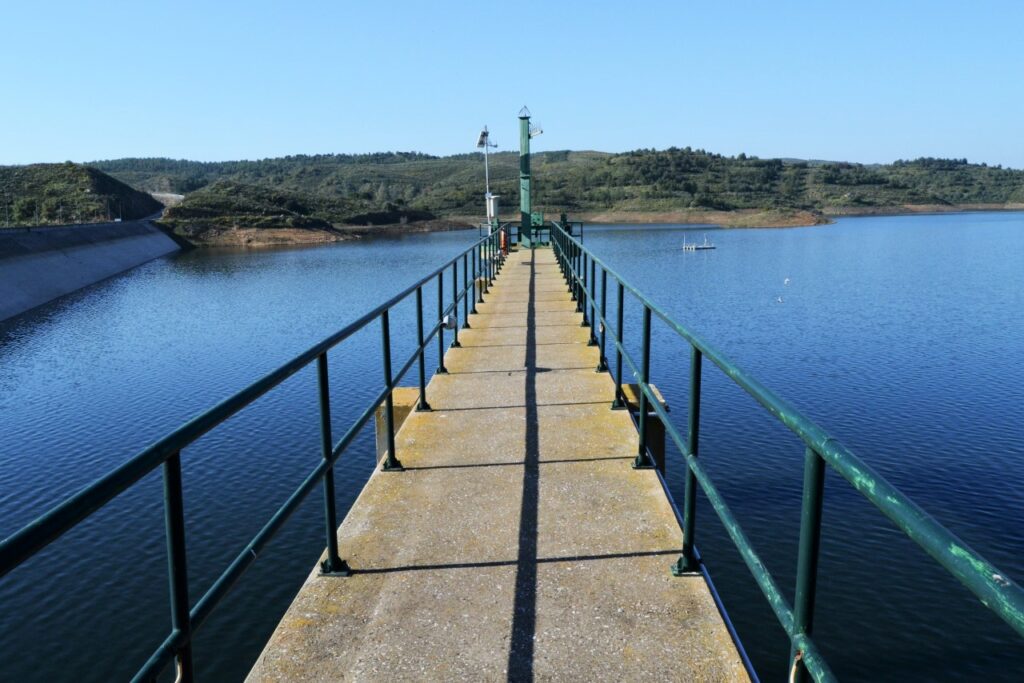
To carry out this work, not only money is needed – 1,5 million euros, according to João Sousa – but also that… there is less water in the dam.
This is because, contrary to what was happening, the current hydrological year is being rainy and has allowed the construction of dams in the Algarve, which has left the existing reservoir system in the region at 70% of its capacity.
This is, of course, excellent news for the Algarve region, which has emerged from the drought situation, but which makes it impossible for a good part of this intervention to be carried out at this time.
"Currently, the dam is at an elevation of 45. We have to wait for it to be at an elevation of 38" to be able to complete the work, said the engineer from Águas do Algarve.
For now, it is possible to proceed with another intervention. “We are going to do this in two phases, the first of which can be done now, because the floodgate has to be closed”, said João Sousa.
The project for this solution "is nearing completion" and should be ready "within two months at the latest". The work itself will take “about six months”, but it is not possible to set a date for its start, as it depends on the level of the dam.
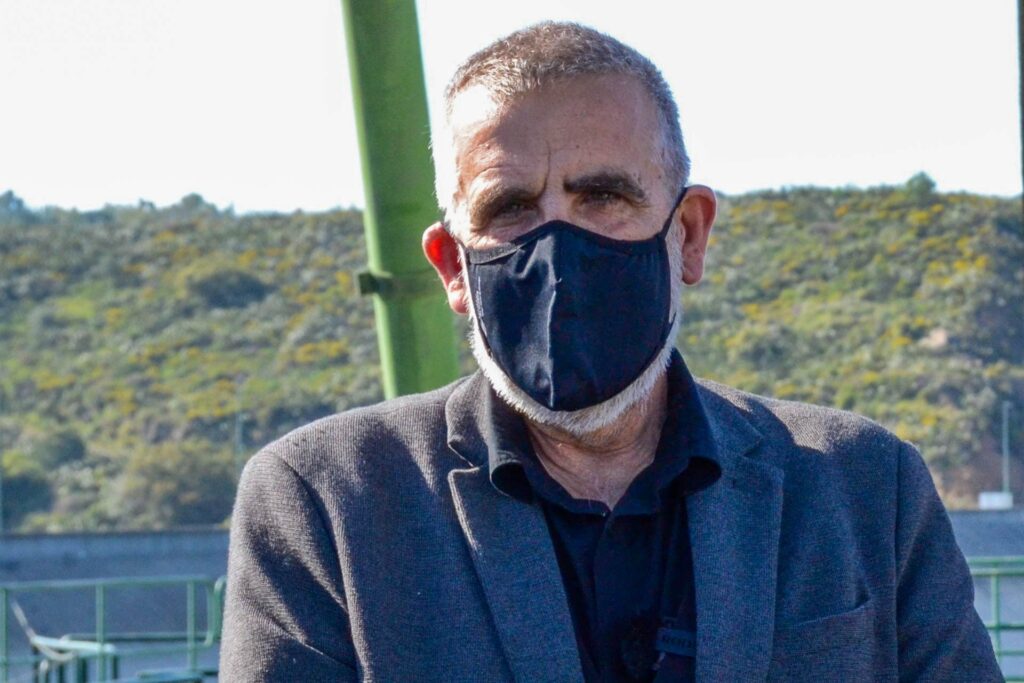
Further south, in Vila Real de Santo António, a project linked to the reuse of treated sewage in the irrigation of two existing golf courses in the vicinity of the Wastewater Treatment Station (WWTP) of this municipality will advance.
In this case, it is a question of completing a system that has already been implemented, in part, lacking only a Pumping Station and a chlorination system to make it fully operational.
It will be these two infrastructures that will be installed, in an intervention that "will last for about ten months", which João Sousa estimates should be ready "within a year and a half", if everything goes well.
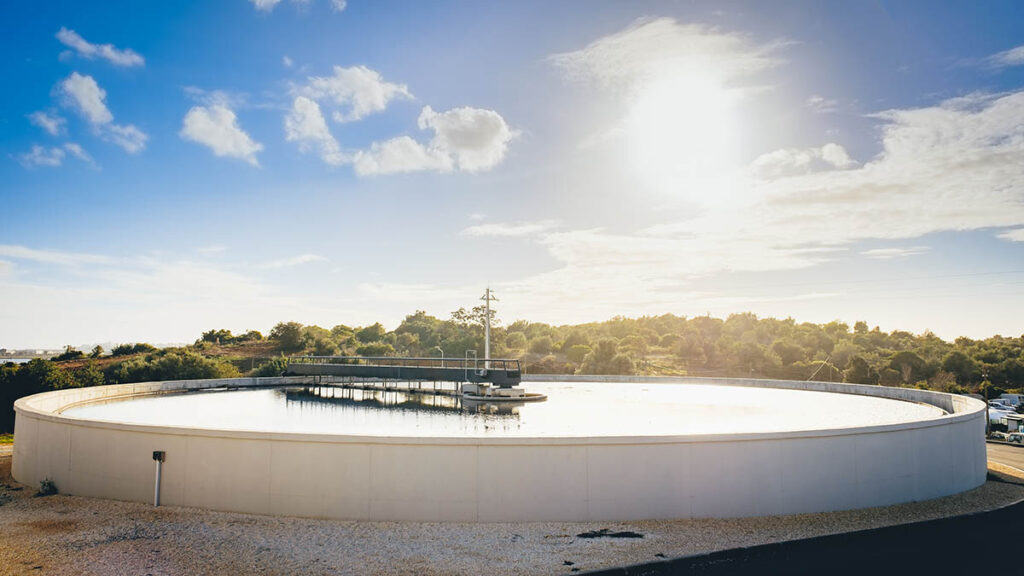
Unlike these two interventions, whose progress should be peaceful, taking into account that it is about taking advantage of resources that already exist, there are others provided for in the PRR that they don't gather, neither near nor far, a consensus, namely the connection to Pomarão and the desalination plant.
These works, for which around 100 million euros will be allocated, will be complementary to other measures and investments, namely the reduction of losses in both urban and agricultural supply systems, explained Matos Fernandes. For this purpose, the plan allocates, respectively, 35 and 17 million euros.
As for the reuse of wastewater, there are 23 million euros – the VRSA project is not in this “cake”. In other words, interventions will be carried out in other WWTPs, so that they can provide water for irrigation of golf and agricultural courses.
The Minister of Environment even guaranteed that the measures linked to the more efficient use of water, in the Algarve, «are central actions in this PRR».
«The word must always be efficient, we really have to be more efficient. We are even doing their best to ensure that these systems are more robust systems,” he believes.
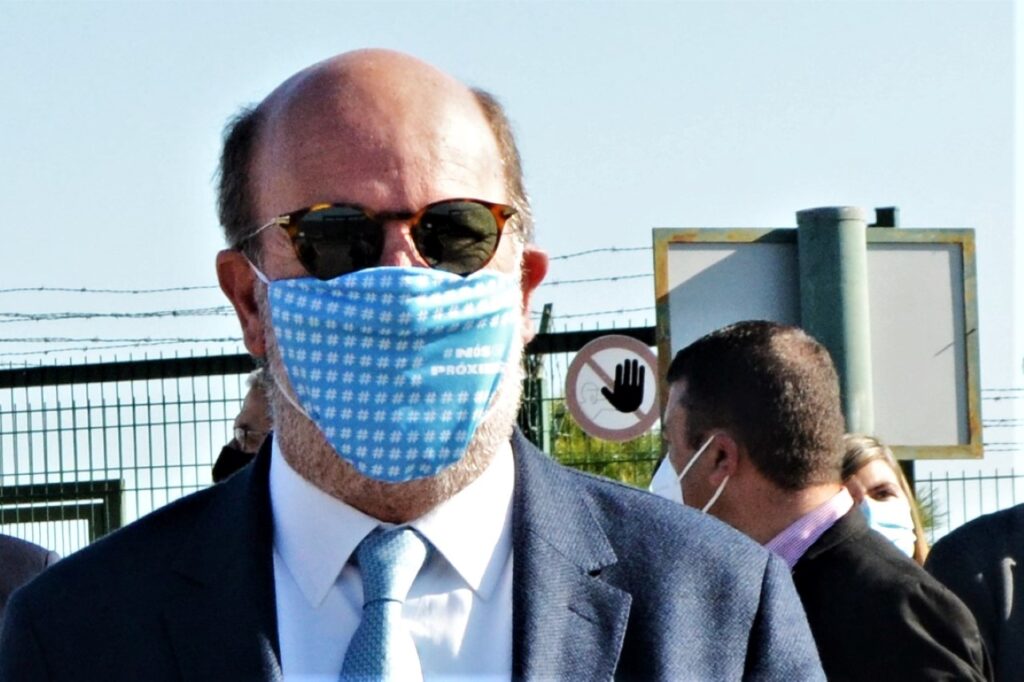
"But there are, in fact, two larger projects here," admitted the government official.
One is water collection in the Guadiana, probably in Pomarão, «without causing environmental impacts, because building a dam is always cutting a river, what we want is to have water in the dams we have».
«It is a capture that only works when it is needed (...). But it is an insurance that we have to have to guarantee that we will not have water shortages in the future», he believes.
The other project is desalination.
Recalling that Portugal «does not have a desalination plant on the mainland, the ones that do have are very small connected to hotel facilities», Matos Fernandes considers that it will be, «in fact, very important» to be able to build this unit, so that the country can test the technology, « even more, when it will be 100% financed» by the PRR.
"We couldn't miss an opportunity like this to have a project here, which, not being a pilot project, is a pioneer project, because in fact we don't have any desalination plant of this size," he said.
«I can never put on a very big smile when I talk about water in the Algarve, because it will always be scarce, I want to believe that, with everyone's help, that is, with a greater awareness of how important it is to be efficient in using this resource, the Algarve will spend a few years without the affliction that it experienced in previous years», concluded the Minister of Environment.
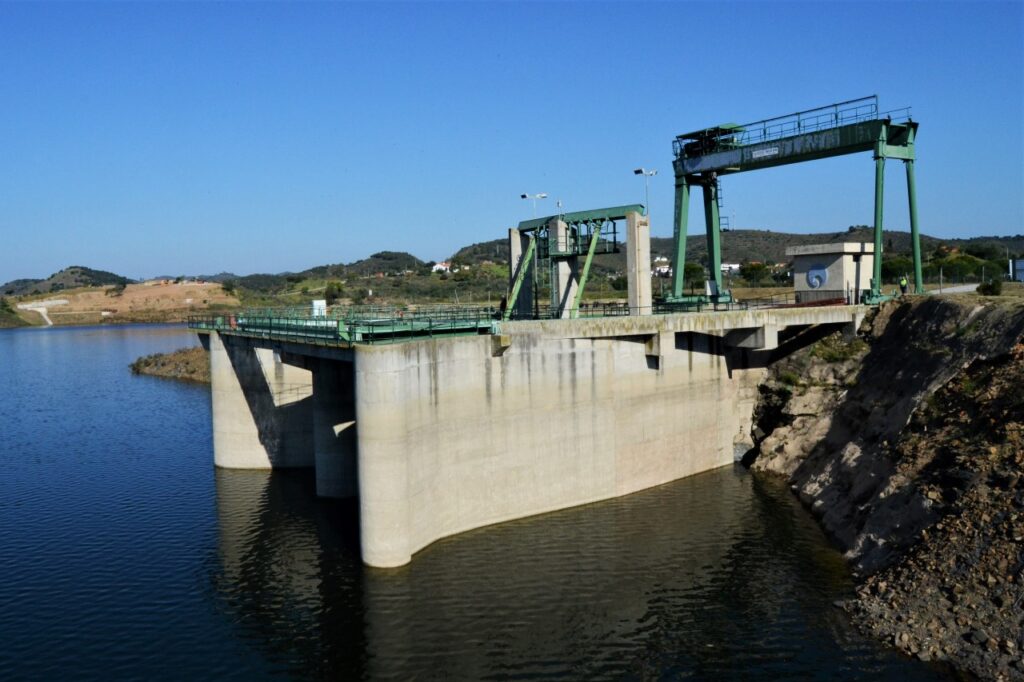


















Comments